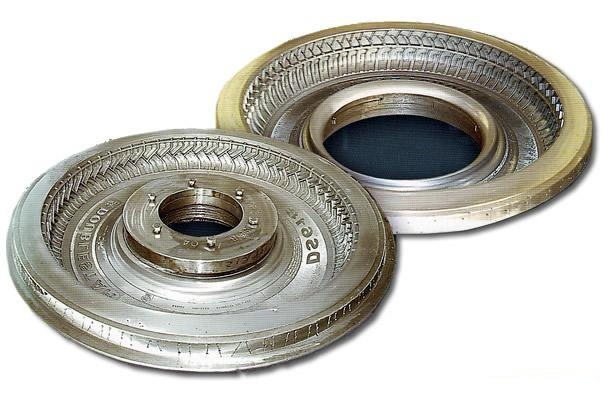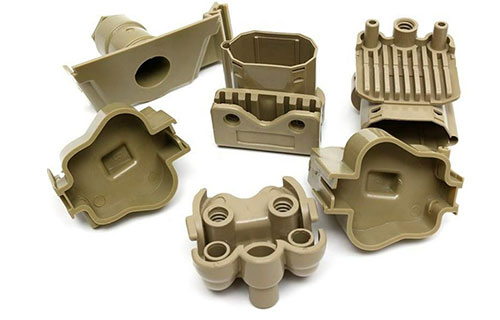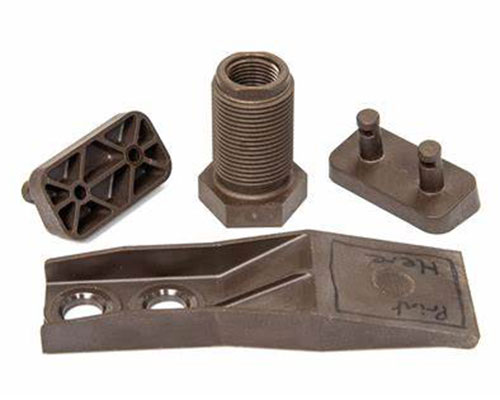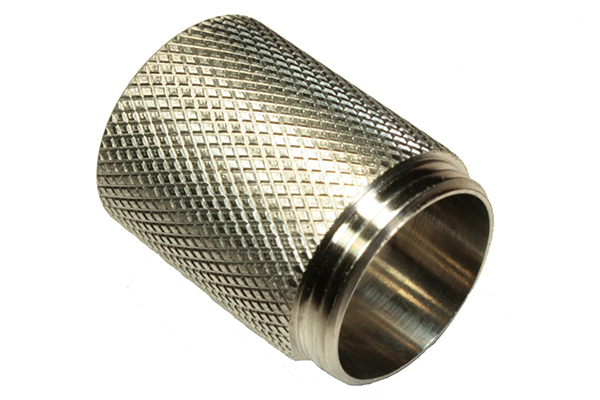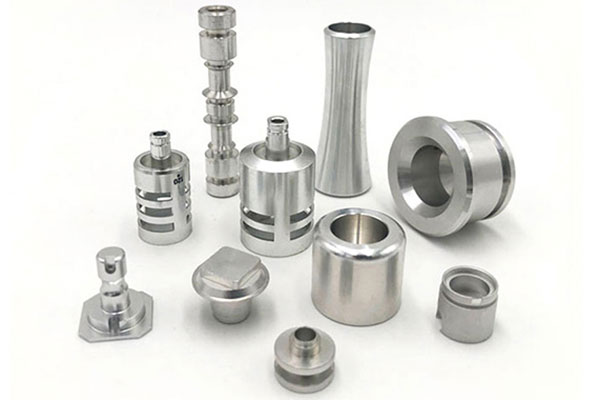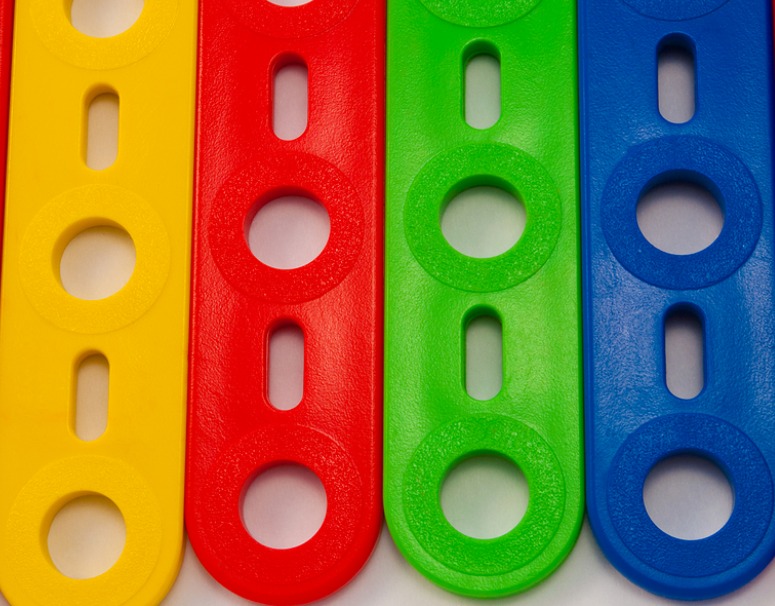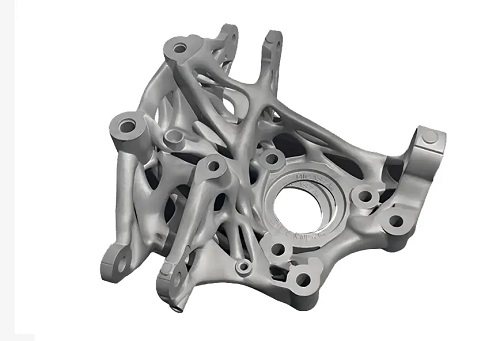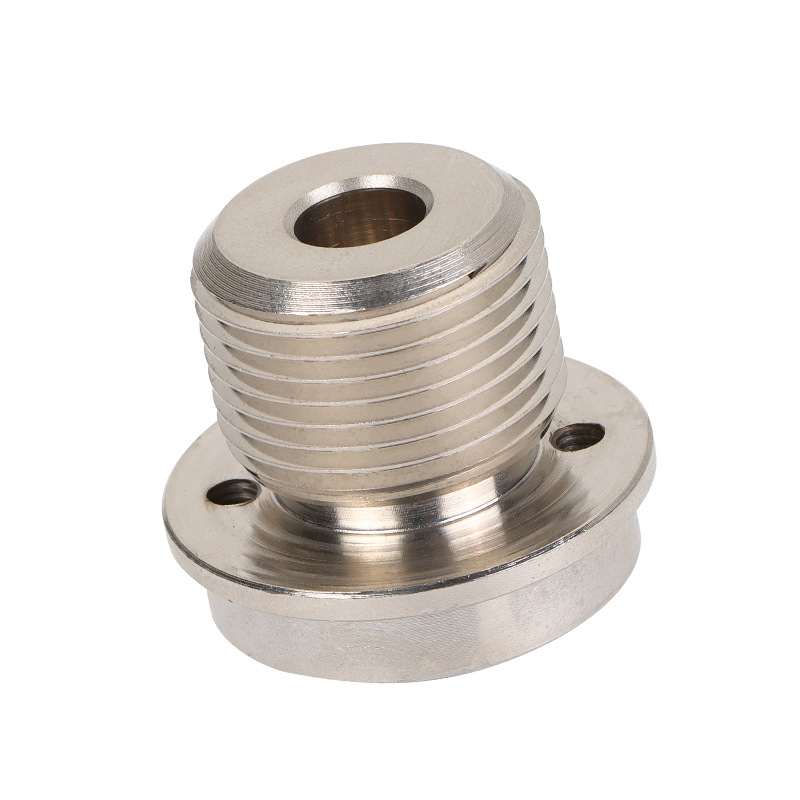Manufacturers dealing with high-wear components—like hydraulic cylinders, tooling, or automotive parts—often face a frustrating cycle: parts wear out quickly, corrosion eats away at surfaces, and frequent replacements drive up costs. Even with other coatings, friction can cause overheating, while dull or uneven finishes hurt the appeal of consumer-facing products. This is where surface treatment chrome plating shines. By depositing a thin layer of chromium onto a substrate, chrome plating delivers exceptional hardness, low friction, and a sleek finish—solving the critical pain points of wear, corrosion, and aesthetics in one process. In this guide, we’ll explore how chrome plating transforms component performance, its key types, processes, and how to leverage it for long-lasting, high-quality results.
Introduction to Chrome Plating
Chrome plating is a specialized electroplating process that deposits chromium onto a substrate, enhancing its mechanical properties and appearance:
- Definition: Chrome plating is an electrochemical process where chromium ions in a chromic acid solution are reduced and deposited onto a conductive substrate (cathode) using an electric current. The result is a thin, adherent chromium layer that bonds tightly to the base material.
- Historical background: Commercial chrome plating emerged in the early 20th century, with advancements in the 1920s making it viable for industrial use. Initially used for decorative purposes (e.g., automotive trim), it later evolved into hard chrome plating for wear resistance—revolutionizing industries like manufacturing and aerospace.
- Basic principles: Like other electroplating processes, chrome plating relies on electrochemical reactions: a substrate (cathode) and lead anode are immersed in a chromic acid electrolyte. When direct current flows, chromium ions (Cr³⁺) migrate to the cathode, gain electrons, and deposit as metallic chromium (Cr).
- Industrial significance: Chrome plating is used in 30-40% of metal components requiring wear resistance or decorative finishes. It extends part life by 3-10x in high-friction applications and reduces maintenance costs—for example, hard chrome-plated hydraulic rods last 5x longer than uncoated ones.
- Environmental considerations: Chrome plating uses hexavalent chromium (Cr⁶⁺), a toxic substance requiring strict handling. Modern facilities use closed-loop systems to recycle electrolytes and treat waste, complying with regulations like the EPA’s Resource Conservation and Recovery Act (RCRA) to minimize environmental impact.
Types of Chrome Plating
Chrome plating offers distinct variants, each tailored to specific applications:
- Hard chrome plating: Also called industrial chrome plating, this type deposits thick layers (20-1000 μm) of chromium with high hardness (800-1000 HV). It’s used for wear resistance in components like hydraulic cylinders, piston rods, and tooling—withstands 100,000+ cycles in high-friction environments.
- Decorative chrome plating: Applied as a thin layer (0.1-0.5 μm) over nickel, decorative chrome provides a bright, mirror-like finish. The nickel underlayer (5-20 μm) enhances corrosion resistance, making it ideal for automotive trim, faucets, and appliances.
- Engineering chrome plating: A mid-range option (5-50 μm) balancing wear resistance and precision. Used in gears, bearings, and machine parts where both durability and dimensional accuracy are critical.
- Black chrome plating: Achieved by modifying the electrolyte, black chrome offers a matte, non-reflective finish. It’s used in optical components, heat sinks, and military equipment where low reflectivity is essential.
- Triple chrome plating: A three-layer system (copper → nickel → chrome) for maximum corrosion resistance and shine. The copper layer levels imperfections, nickel adds corrosion protection, and chrome provides the final finish—common in high-end automotive parts and jewelry.
- Brush plating: A localized process using a portable anode to plate small areas or repair worn components. Ideal for on-site repairs of large parts (e.g., industrial machinery) without disassembly.
Properties of Chrome-Plated Surfaces
The properties of chrome-plated surfaces make the process indispensable for demanding applications:
- High hardness: Hard chrome plating achieves 800-1000 HV—significantly harder than steel (200-300 HV) or nickel (300-500 HV). This hardness resists abrasion, making it ideal for parts like hydraulic rods that rub against seals.
- Low friction coefficient: Chrome-plated surfaces have a friction coefficient of 0.1-0.2 (vs. 0.5-0.6 for uncoated steel), reducing energy loss and overheating in moving parts. This is critical for engines and conveyor systems.
- Corrosion resistance: Chromium forms a passive oxide layer (Cr₂O₃) that prevents rust and chemical attack. Decorative chrome (with nickel underlayer) withstands 1000+ hours of salt spray testing (ASTM B117), while hard chrome resists oils, fuels, and mild acids.
- Aesthetic appeal: Decorative chrome offers a bright, reflective finish (Ra <0.1 μm) that enhances product value. Its uniform appearance and resistance to tarnish make it a staple in consumer goods.
- Dimensional accuracy: Hard chrome plating can be controlled to ±10% of target thickness, allowing precise restoration of worn parts (e.g., rebuilding a 50 mm shaft to original dimensions with a 0.1 mm chrome layer).
- Adhesion: Proper pre-treatment (cleaning, etching) ensures chrome bonds strongly to substrates like steel or aluminum, with adhesion strengths of 20-50 MPa—tested via bend or impact tests to prevent flaking.
Applications of Chrome Plating
Chrome plating solves unique challenges across industries:
- Automotive industry: Hard chrome plates piston rings and valve stems for wear resistance, while decorative chrome adorns bumpers, wheels, and grilles. Chrome-plated parts reduce maintenance in high-mileage vehicles.
- Aerospace: Landing gear components and engine parts use hard chrome to withstand extreme friction and corrosion. Its low friction reduces fuel consumption in moving parts like actuators.
- Medical devices: Surgical instruments (e.g., scalpels, forceps) use chrome plating for corrosion resistance and easy sterilization. The smooth surface prevents bacterial buildup, critical for patient safety.
- Tooling and molds: Injection molds and dies benefit from hard chrome’s wear resistance, extending tool life by 2-3x. Its low friction improves plastic release, reducing the need for mold release agents.
- Hydraulic components: Cylinders, pistons, and rods rely on hard chrome to resist wear from seals and hydraulic fluids. Chrome-plated rods in construction equipment last 10,000+ hours vs. 2,000 hours for uncoated steel.
- Marine industry: Boat hardware (cleats, rails) uses chrome plating to resist saltwater corrosion, maintaining functionality and appearance in harsh marine environments.
Chrome Plating Process and Equipment
The chrome plating process requires precise control to ensure quality coatings:
- Pre-treatment processes: Critical for adhesion, steps include degreasing (to remove oils), acid etching (to roughen steel surfaces), and activation (e.g., with sulfuric acid). For aluminum, zincating creates a base layer for chrome to bond.
- Electrolyte solutions: Hard chrome uses a chromic acid solution (250-400 g/L CrO₃) with sulfuric acid (1-3 g/L) as a catalyst. Decorative chrome uses similar solutions but with lower current densities for thinner layers.
- Plating tanks: Made of lead-lined steel (resistant to chromic acid), tanks range from small (1m³) for parts to large (10m³) for industrial components. They include heating jackets to maintain electrolyte temperature (40-60°C).
- Anodes: Lead or lead-antimony alloy anodes (90% Pb, 10% Sb) are inert, ensuring chromium ions come from the solution rather than dissolving anodes. They’re shaped to match the part for uniform plating.
- Power supplies: DC rectifiers deliver high current densities (20-100 A/dm²) for hard chrome, with precise voltage control (6-12 V) to avoid burning the coating.
- Agitation systems: Air sparging or mechanical stirring keeps the electrolyte uniform, preventing concentration gradients. This is critical for complex shapes like hydraulic cylinders with internal bores.
- Post-treatment processes: Parts are rinsed thoroughly to remove chromic acid, dried, and sometimes polished. Hard chrome may be ground to achieve tight dimensional tolerances (±0.001 mm).
Maintenance and Quality Control in Chrome Plating
Proper maintenance and quality control ensure consistent, high-performance chrome plating:
- Equipment maintenance: Anodes are inspected weekly for corrosion, and tanks are cleaned monthly to remove sludge. Power supplies are calibrated quarterly to ensure accurate current delivery.
- Solution maintenance: Electrolyte concentration (chromic acid, sulfuric acid) and pH are tested daily. Additives (e.g., surfactants) are replenished to maintain plating uniformity.
- Surface inspection: Visual checks identify defects like pits, cracks, or uneven color. Microscopic examination (100x) checks for porosity, critical for corrosion resistance.
- Thickness measurement: X-ray fluorescence (XRF) or micrometers measure coating thickness. Hard chrome for hydraulic parts typically requires 50-100 μm, while decorative chrome needs 0.1-0.5 μm.
- Adhesion testing: The bend test (ASTM B571) bends a plated sample 180°—no flaking indicates good adhesion. For thick coatings, impact testing ensures the chrome withstands mechanical stress.
- Environmental compliance: Wastewater is treated to reduce chromium levels below 0.1 mg/L before discharge. Spent electrolytes are recycled or disposed of via licensed hazardous waste handlers.
- Safety protocols: Workers use acid-resistant PPE (gloves, aprons), and ventilation systems remove chromic acid fumes. Training ensures compliance with OSHA’s hexavalent chromium standards (29 CFR 1910.1026).
Yigu Technology’s Perspective
As a leading custom manufacturing supplier in China, Yigu Technology specializes in hard and decorative chrome plating for automotive and industrial clients. We achieve 800-1000 HV hardness in hard chrome coatings, ensuring hydraulic components and tooling last 3-5x longer. Our decorative chrome (over nickel) passes 1000+ hours of salt spray testing, ideal for consumer goods. Strict quality control—including XRF thickness checks and adhesion testing—guarantees consistency. We prioritize environmental compliance with closed-loop electrolyte recycling. For durable, high-performance parts with lasting appeal, chrome plating is a proven solution, and we tailor processes to each client’s unique needs.
FAQs
- How long does chrome plating last?
Lifespan depends on type and application: hard chrome on hydraulic rods lasts 5-10 years in industrial use; decorative chrome on faucets lasts 10+ years indoors; marine chrome withstands 3-5 years in saltwater with proper maintenance.
- Can chrome plating be repaired if damaged?
Yes—brush plating is ideal for spot repairs of small worn areas (e.g., scratches on a chrome bumper). For large damage, the old chrome is stripped, and the part is re-plated to restore performance.
- Is chrome plating suitable for food-contact surfaces?
No—hexavalent chromium is toxic, so chrome plating isn’t approved for direct food contact. For such applications, use tin or nickel plating, which meet FDA standards for food safety.
